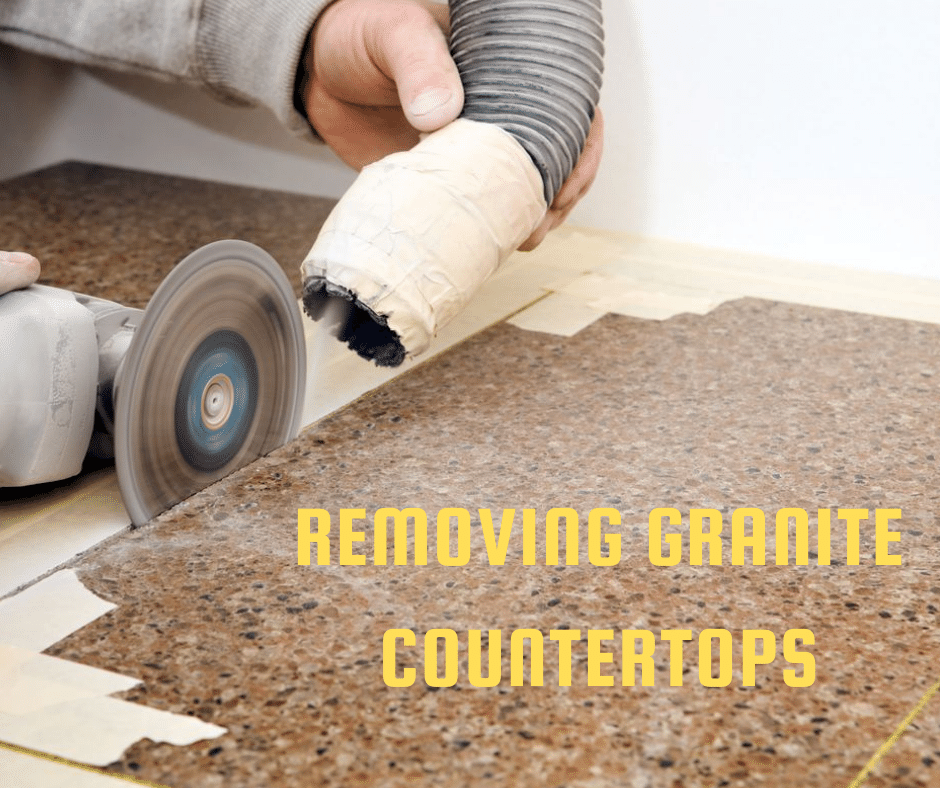Your bathroom may be your spot to relax in the tub after a long day, but with all that plumbing, humidity, and other business going on in there, the location’s full of unexpected hazards. Read on for the top to look out for—before it’s too late, according to Australia casino.
- Mold
With a daily influx of humidity, bathrooms are a prime locale for mold. You can often see it in the grout between tiles or along caulk lines, but it can also grow out-of-sight behind walls and ceilings, under floors, or inside ductwork. Prevent the buildup with proper ventilation, including dehumidifiers, fans, and open windows.
- Soap Scum
Neglecting the tub isn’t just unsightly—that slimy buildup can lead to slips and falls while bathing or getting in and out of the tub. The bathroom is the leading location for unintentional injuries, especially for older people, so in addition to keeping the tub or shower floor clean, consider adding non-slip strips to the floor or installing grab bars to decrease the risk of injury.
- Termites
If you have kids that are splashing around in the tub, beware that the liquid can get under the flooring and into the structure of the house. Especially on the ground floor, this creates a virtual feeding ground for termites. Prevent an infestation with regular inspections and by sealing any cracks in the flooring to keep the water safely on the surface.
4 Air Fresheners
Everyone knows what happens in the bathroom—but covering up the scent with an air freshener may do more harm than good. Some sprays contain VOCs and cancer-causing chemicals such as benzene and formaldehyde. If it stinks, open a window or turn on a fan. Air fresheners also help in improving your gaming experience at https://www.casinosonline-canada.ca/.
5 Flexible Vinyl Flooring
Sure, it’s a quick upgrade, but some vinyl flooring contains phthalates, a volatile compound often used to make plastics more flexible and durable. This chemical releases into the air and household dust, especially in enclosed areas, and high levels of phthalates have been linked to asthma and allergies in children.




